MARIANI’S
Virtual
Gourmet
February 4,
2018
NEWSLETTER

❖❖❖
IN THIS ISSUE
EATING AROUND BANGKOK
By John Mariani
NEW YORK CORNER
CIBO & VINO
By John Mariani
NOTES FROM THE WINE CELLAR
WHAT I'M DRINKING NOW
By John Mariani
❖❖❖
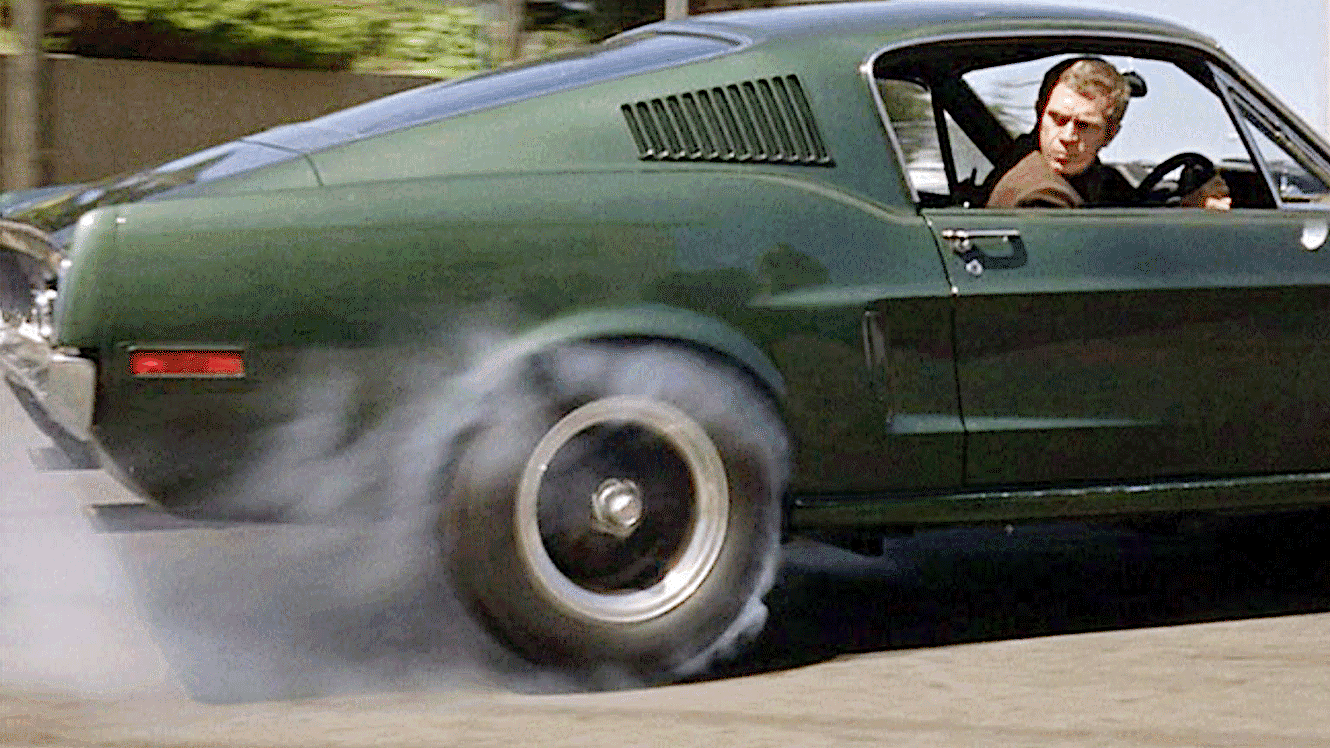
❖❖❖
EATING AROUND BANGKOK
By John Mariani
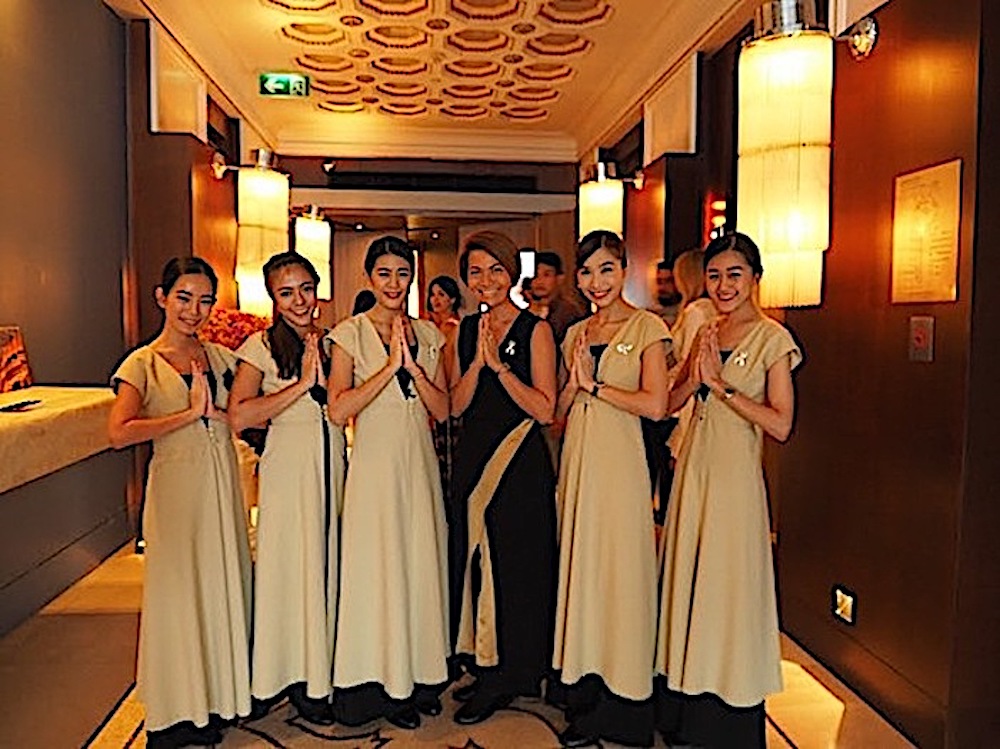
The hostesses at Hotel Lebua's Whiskey Bar
I find it
laughable that of the ten Michelin star-rated
restaurants in Bangkok, four are French, one 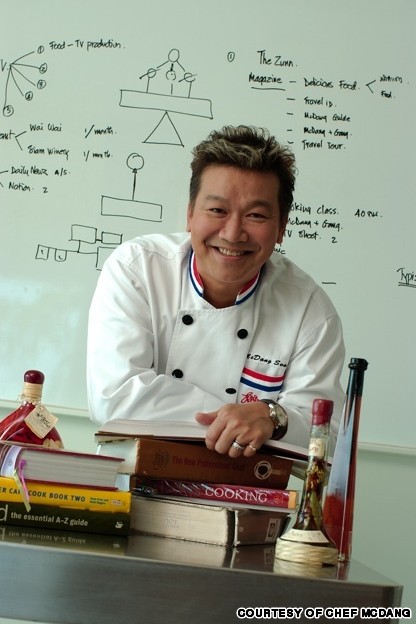 Italian, one Indian,
one Danish, and so it goes. (The Thai government
is said to have paid a great deal of money for
Michelin to do a guide.) Good
as some of those might be, no traveler to
Bangkok should even consider straying from the
path of finding great Thai food everywhere.
Indeed, on a five-day foray into the city’s food
culture I don’t think I have ever had more
exciting and delicious food, meal after meal,
day after day.
Italian, one Indian,
one Danish, and so it goes. (The Thai government
is said to have paid a great deal of money for
Michelin to do a guide.) Good
as some of those might be, no traveler to
Bangkok should even consider straying from the
path of finding great Thai food everywhere.
Indeed, on a five-day foray into the city’s food
culture I don’t think I have ever had more
exciting and delicious food, meal after meal,
day after day.
Of course, I was the luckiest
American in Bangkok during my stay because I was
happily led around by Thailand’s leading food
authority, Mom Luang Sirichalerm Svasti, who goes
by the nickname Chef McDang (right). Born
into Thai royalty and studied at the Georgetown
School of Foreign Service, then at the
Culinary Institute of America, he is an author and
TV personality and easily the most ebullient and
candid fellow one could ever hope to meet.
When you go out on the town
with Chef McDang, you find that he seems to know
everyone and everyone’s business, so I had a
rollicking good time. From the start McDang sought
to dispel the belief that all Thai food is
blistering hot; instead the heat and taste of the
chilies are but two aspects of the blend of
seasonings that are never meant to overpower the
flavor of the fish, meat or vegetables they
enhance.
SIRIWAN HOI TOD
120 Prachathipatai Road
02-282-9651
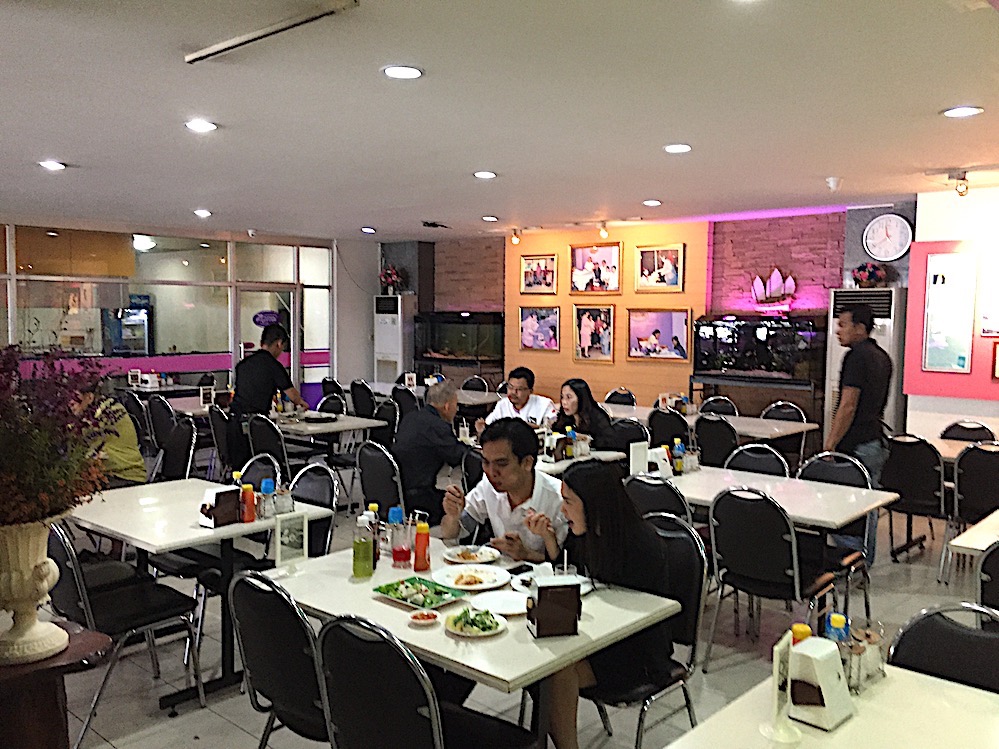 A
storefront eatery it may be, with several
branches, but here is where I had some of the best
traditional Thai food, lovingly prepared and
served by owner Khun Ludda, who opens her
restaurant at ten in the morning and shutters it
at seven p.m.
A
storefront eatery it may be, with several
branches, but here is where I had some of the best
traditional Thai food, lovingly prepared and
served by owner Khun Ludda, who opens her
restaurant at ten in the morning and shutters it
at seven p.m.
There are
plastic stools and shiny bare tables and the room
is suffused with aromas that make the appetite
race. The
staff prides itself on the cleanliness of the
restaurant, which is not a given in many other
places,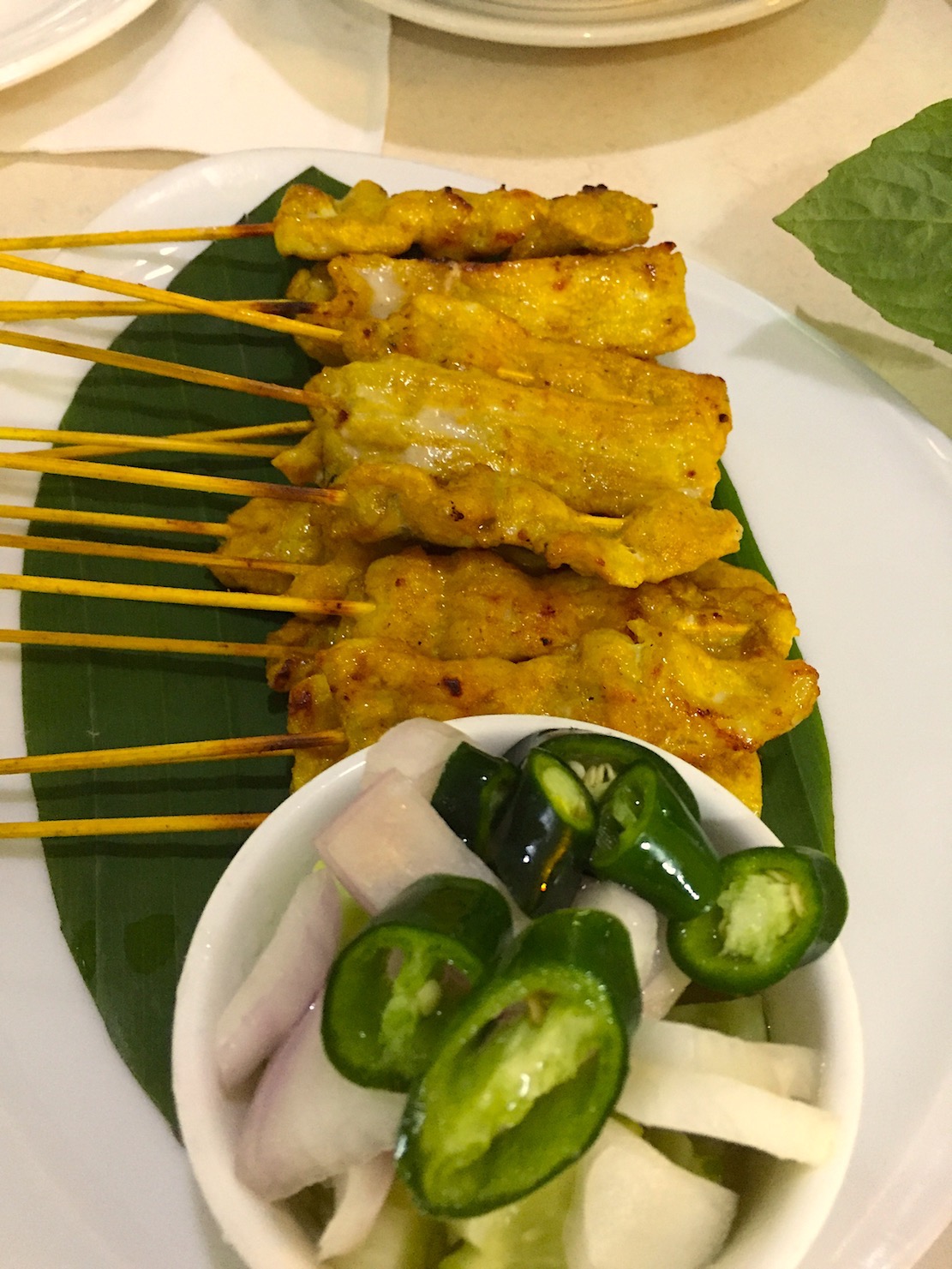 and the
menu focuses on street food. We asked the owner to
just keep sending out dishes till we said stop; so
we began with a spicy papaya salad, followed by
the noodle dish pad thai,
which McDang vociferously defended as being a true
classic, despite what some ignorant western
authors contend is its commercial image. This one
was definitely the best I’ve had, where every
ingredient from the noodles to the herbs and the
shrimp revealed layers of taste.
and the
menu focuses on street food. We asked the owner to
just keep sending out dishes till we said stop; so
we began with a spicy papaya salad, followed by
the noodle dish pad thai,
which McDang vociferously defended as being a true
classic, despite what some ignorant western
authors contend is its commercial image. This one
was definitely the best I’ve had, where every
ingredient from the noodles to the herbs and the
shrimp revealed layers of taste.
There was a juicy
pork satay with a velvety peanut sauce; mussel
fritters were addictive and spring rolls were
packed with pork and taro. Then came a seafood
omelet with rice and holy basil, and steamed fish
with crispy fried garlic.
What most impressed me beyond
the levels of flavor and heat was that, unlike
Thai restaurants in America, where so many dishes
simply serve meat or seafood in the same six
sauces, each dish at Siriwan Hoi Tod was wholly
different from the next, in texture, aroma,
complexity and style—fried, wok-seared, or
steamed, all in just minutes.
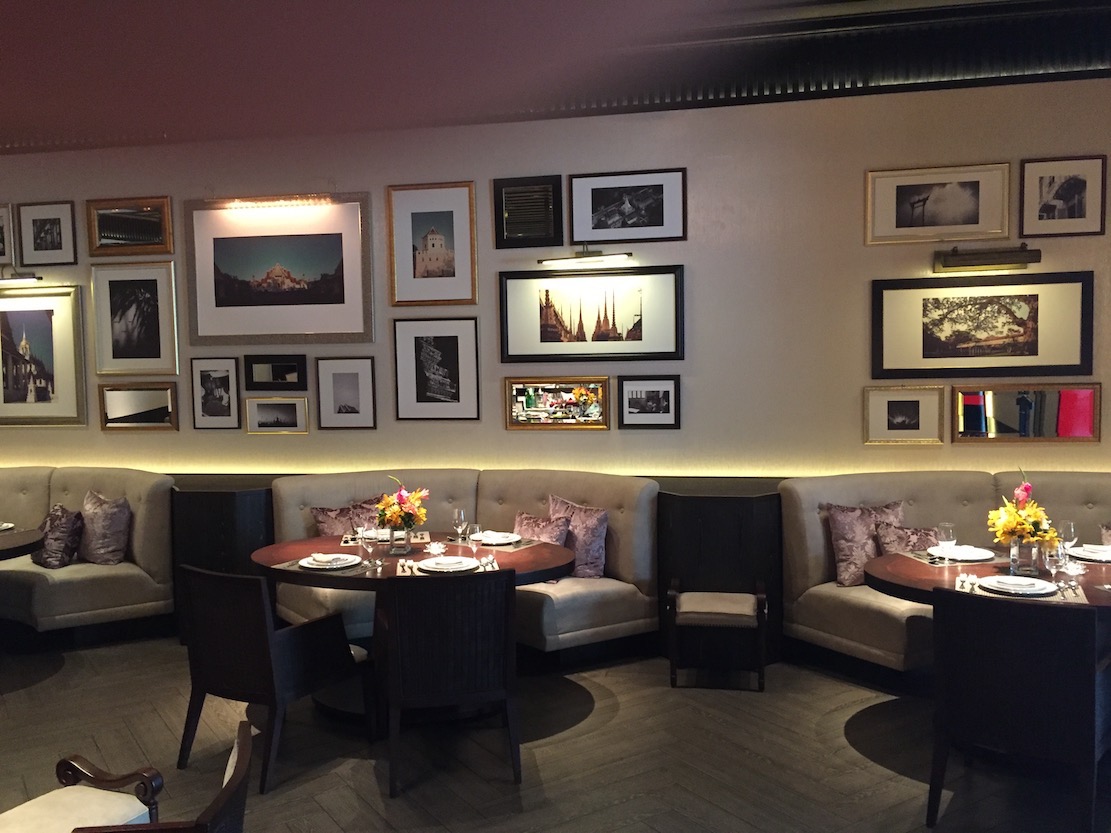 SANEH
JAAN
SANEH
JAAN
130-132 Wireless Road
02-650-9880.
The explosion in Bangkok of new
office buildings anchored by restaurants has
afforded the year-old Saneh Jaan, named after a
golden apple dessert, prime real estate in the
beautiful Glasshouse near the U.S. Embassy. The
dining room is sleek, sophisticated, done in soft
earth colors, with widely separated tables and 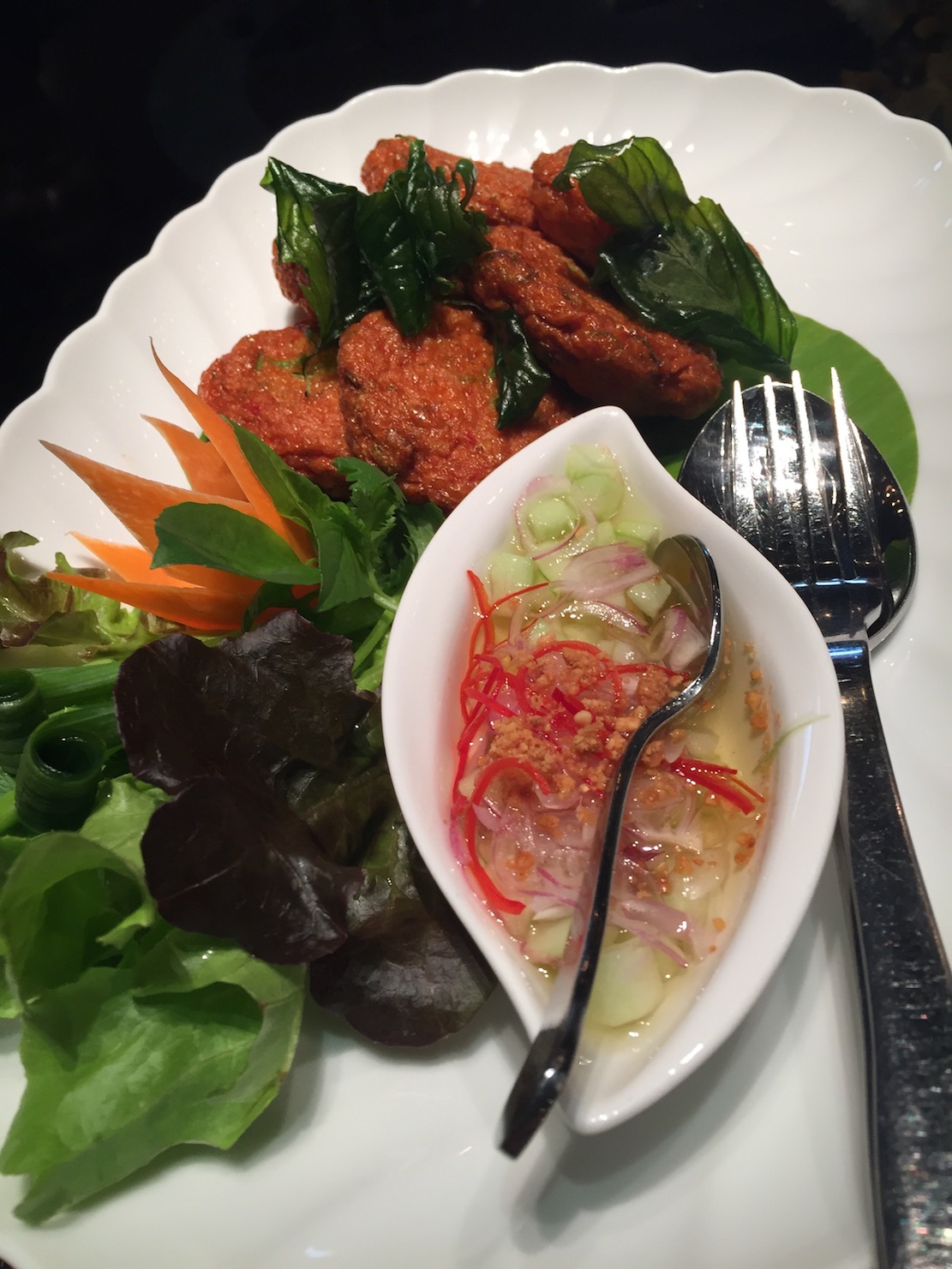 very comfortable
banquettes.
The walls are hung with photos of Bangkok.
Nothing about it seems
corporate.
very comfortable
banquettes.
The walls are hung with photos of Bangkok.
Nothing about it seems
corporate.
Saneh Jaan serves the
traditional food of Central Asia as it was fifty
years ago, according to Chef McDang: “There are no
extremes of flavor.” Yet the flavors were myriad
in a wide array of dishes I enjoyed, which
included fried fish balls with sweet and sour
sauce; a quickly sautéed fish cake called pla krai;
an egg roll stuffed with minced pork and spices; a
massaman-style
curry; a curried fish mousse, and a shrimp and
crispy pork rind omelet. I was delighted to find
that a dish so often made outside of Thailand as a
treacly sweet mess—mee krob—was
rendered with subtlety and real crunch.
Even the desserts were way
beyond the ordinary, from sweet sticky rice to an
egg custard with coconut milk. Of
particular interest was the restaurant’s
first-rate wine and spirits list, including a wide
range of single malt Scotches.
The best way to
appreciate dinner there is with the 8-course menu
at $50 (U.S.); a la carte, main course dishes run
between $13 and $15.
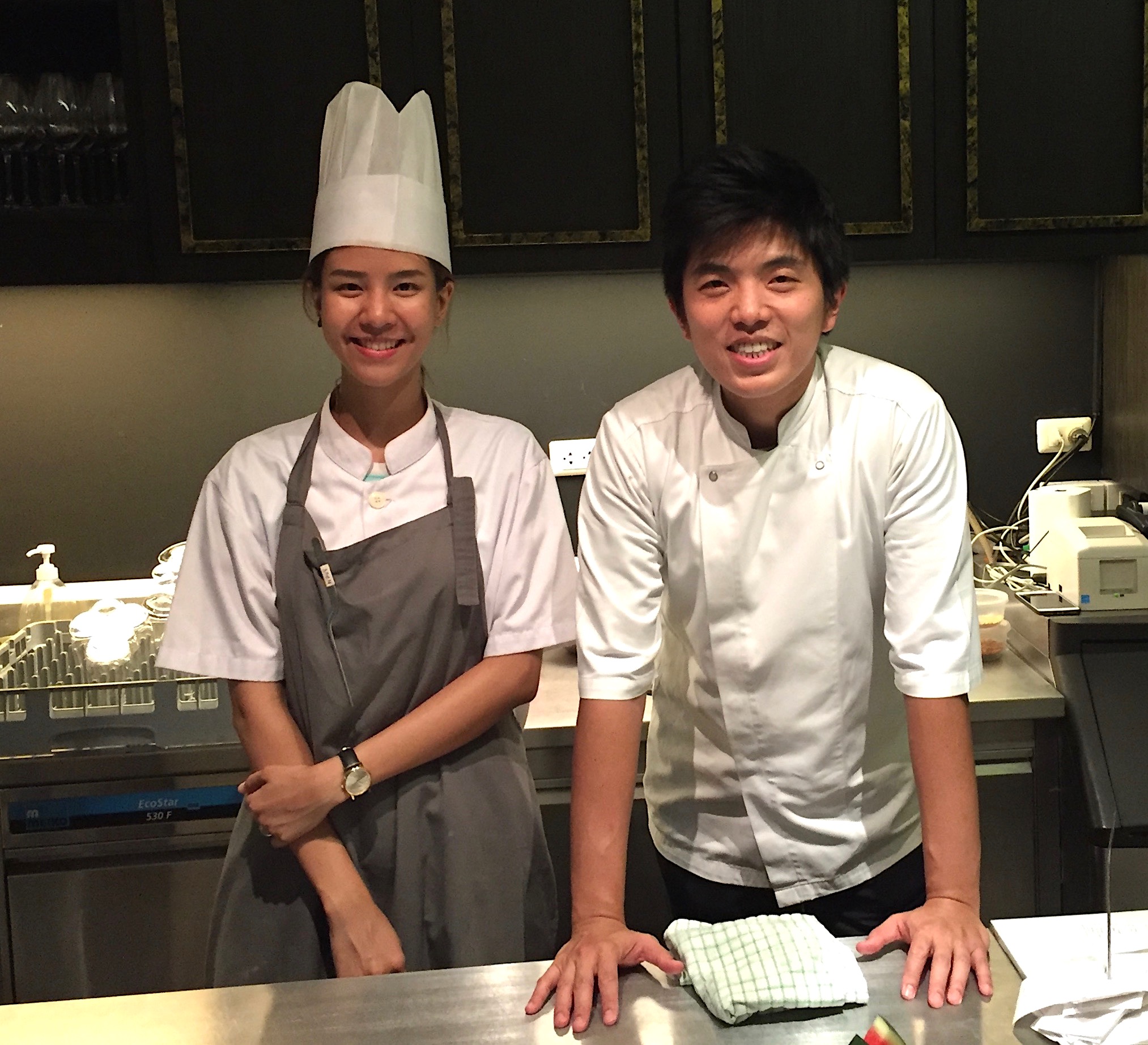 LE DU
LE DU
399/3 Silom 7
Alley
92-919-9969
The word le du is
Thai for “season,” the driving force for Chef
Thitid Tassanakajohn (known as Chef Ton), so
his set four-course ($54) and six-course 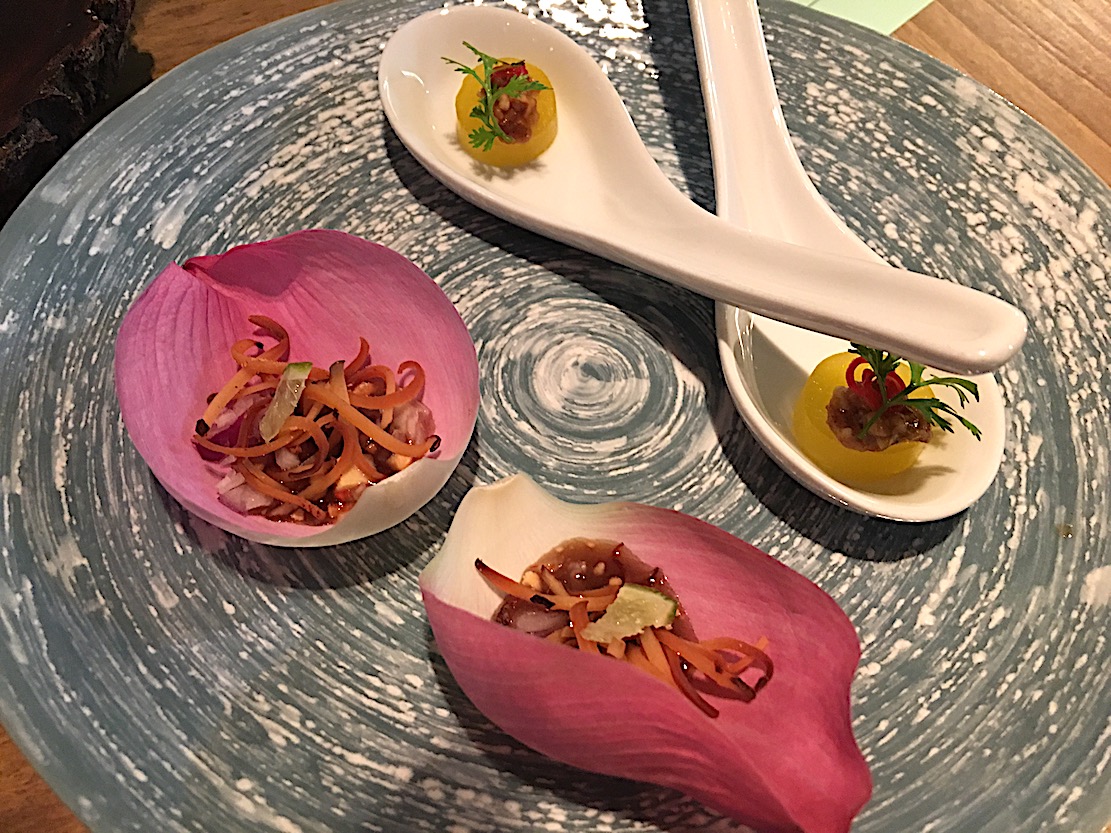 ($95) menus are always
changing, depending on the day’s market.
($95) menus are always
changing, depending on the day’s market.
The room itself, with an open
kitchen, is modest and not easy to find, but every
taxi driver knows Le Du, which has won its share
of international awards.
Chef Ton actually
graduated—first in his class—from the Culinary
Institute of America in Hyde Park, N.Y., then
worked at Eleven Madison Park, The Modern and Jean
Georges; along the way receiving the Certified
Sommelier recognition from the Court of Master
Sommeliers.
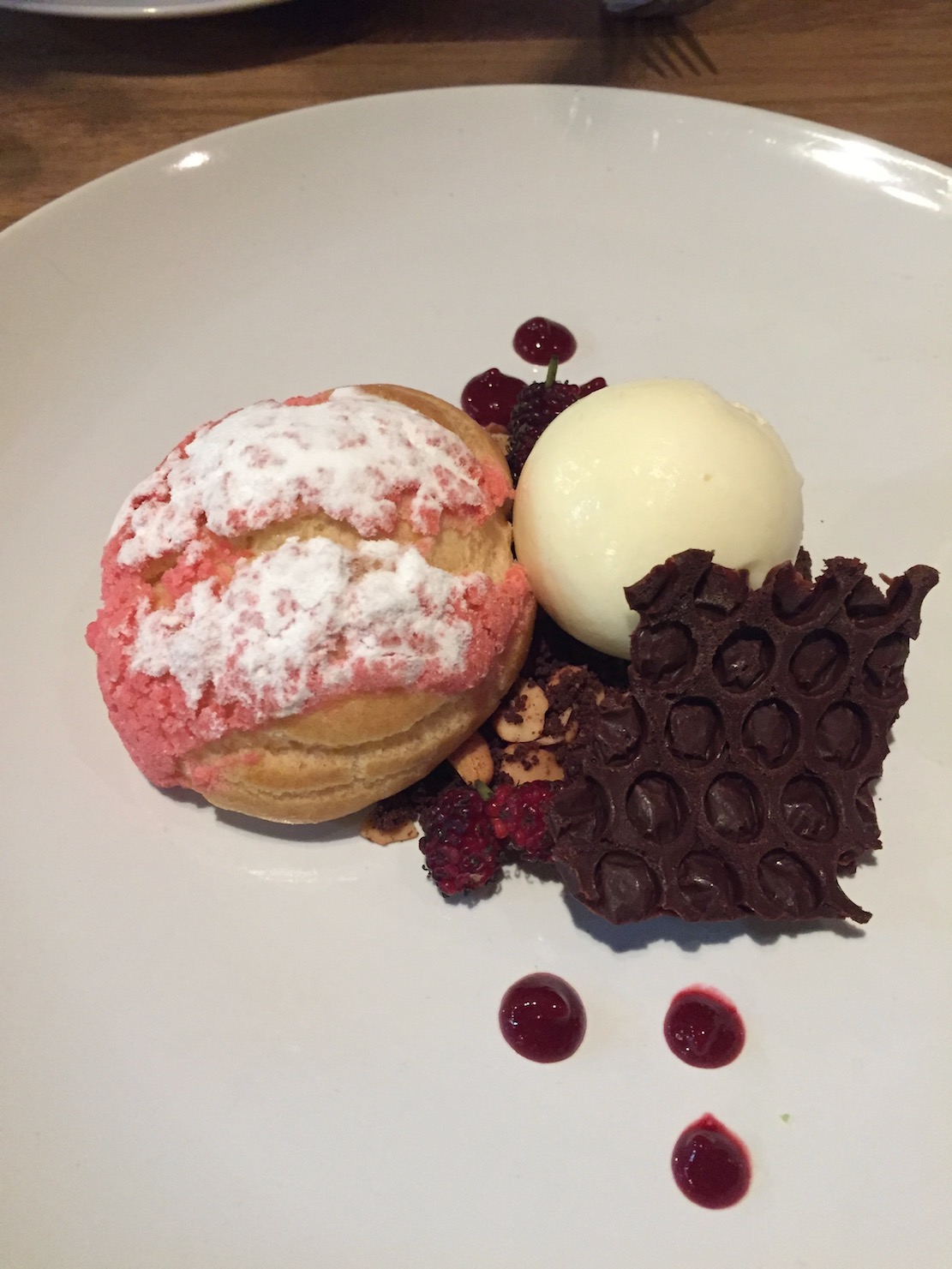 There is a great deal of
innovation and presentation in Ton’s cooking,
every dish showing precision of technique and
color, from cold appetizers like khoa-chae
shrimp, and tender pork balls with radish, salted
fish and jasmine ice cream, to blue swimming crab
cooked in prawn fat and coconut milk. Sustainable
fish is used and Ton adds pungent durian curry and
pickled vegetables to one species or another.
Short rib of beef comes with egg noodle, cabbage
and a Northern curry called khao soi,
and he puts banana blossom together with egg,
curry and river prawn. You may get a tot of tomato
water with cream and yogurt or a cup of pineapple
jelly with peanuts.
There is a great deal of
innovation and presentation in Ton’s cooking,
every dish showing precision of technique and
color, from cold appetizers like khoa-chae
shrimp, and tender pork balls with radish, salted
fish and jasmine ice cream, to blue swimming crab
cooked in prawn fat and coconut milk. Sustainable
fish is used and Ton adds pungent durian curry and
pickled vegetables to one species or another.
Short rib of beef comes with egg noodle, cabbage
and a Northern curry called khao soi,
and he puts banana blossom together with egg,
curry and river prawn. You may get a tot of tomato
water with cream and yogurt or a cup of pineapple
jelly with peanuts.
The desserts
are lovely and very refreshing, like mango panna
cotta with smoked coconut ice cream.
Le Du is well known for all
the right reasons, not least by showing that
Bangkok cuisine is as modern as anywhere else in
Asia, buoyed by a good culinary education back in
the States.
Should you tip in Bangkok restaurants? According to Chef McDang, most restaurants include a service charge in the bill; otherwise leave ten to twenty per
❖❖❖
NEW YORK CORNER
By
John Mariani
CIBO
& VINO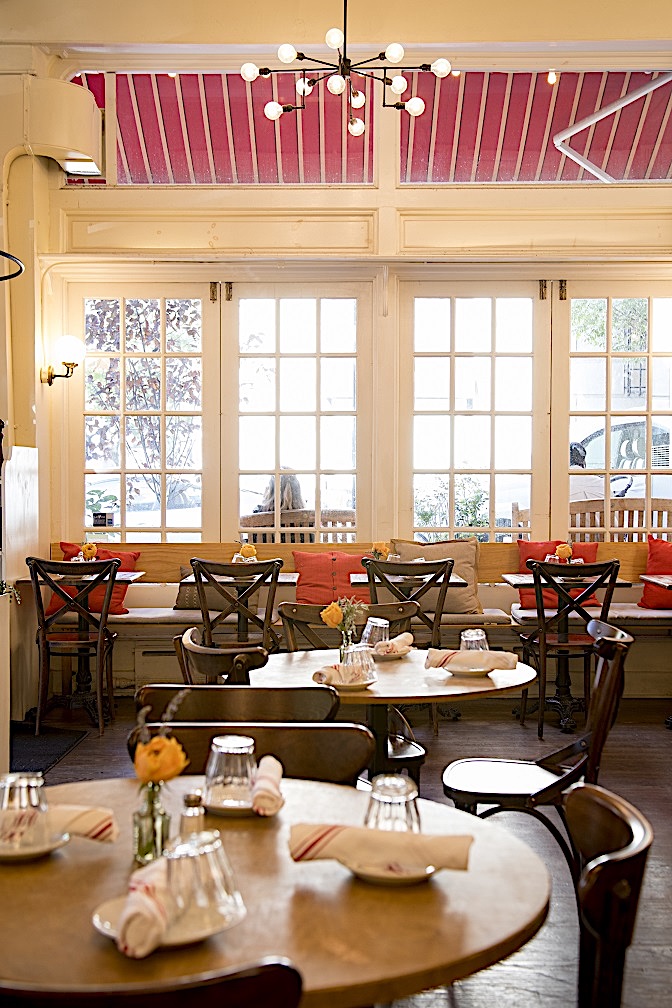
2418 Broadway (at 89th
Street)
212-362-0096
I once read that New
York City has more Italian restaurants than
Florence, which I find not impossible to
believe, though doubtful. There’s no question
Italian restaurants dwarf the number of any
other kind in NYC, and whenever I’m asked a
suggestion on where to dine in the city, very
few ask about a French, Indian, Thai or Mexican
restaurant.
No one at all has ever asked for a good
Nordic spot.
The variety of Italian
restaurants in NYC is better than ever, though
true regional menus are barely represented;
instead, a kind of generalized
Italian/Italian-American standard exists, whereby
now just about every place serves pizza,
carpaccio, meatballs, and tiramisu. These
places may be said to be the “neighborhood
dependables.”
The Upper West Side is not
exactly rife with good Italian restaurants ,but
once through the door of Cibo e Vino, you’ll be
able to tell this is one of the neighborhood’s
favorites. It’s good looking, cozy, with pleasing
colors, hanging and potted plants, a sturdy bar up
front and an outdoor patio come spring.
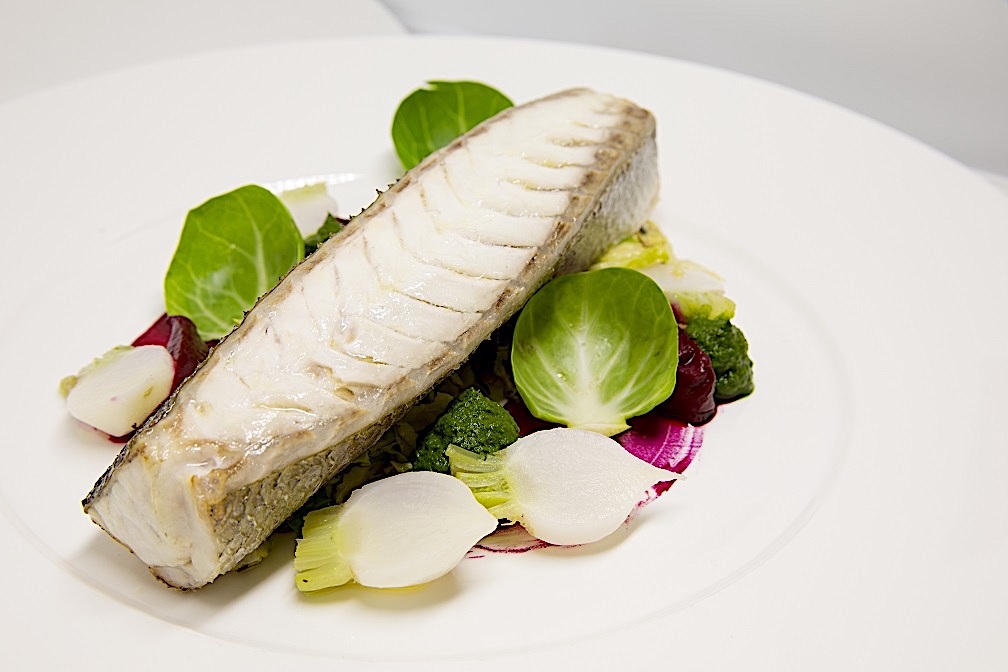 The menu is
of a size so as not to overtax the kitchen, whose
best dishes—unusual in an Italian restaurant—are
the entrees, about which more in a moment. Of the
appetizers, the Portuguese octopus is an admirable
staple, seared and served with fingerling
potatoes, plump Kalamata olives, capers and grape
tomatoes ($14), and a house specialty is the
crispy, seasoned cauliflower with a rich truffled
béchamel ($14), which never leaves the menu.
The menu is
of a size so as not to overtax the kitchen, whose
best dishes—unusual in an Italian restaurant—are
the entrees, about which more in a moment. Of the
appetizers, the Portuguese octopus is an admirable
staple, seared and served with fingerling
potatoes, plump Kalamata olives, capers and grape
tomatoes ($14), and a house specialty is the
crispy, seasoned cauliflower with a rich truffled
béchamel ($14), which never leaves the menu.
The four pastas I sampled were
good, if not outstanding. Spinach
and ricotta-stuffed ravioli had a pleasant
sun-dried tomato sauce ($20), but a “traditional”
tagliatelle Bolognese ($19) lacked the requisite
complexity of vegetables, instead incorporating
too much tomato to be traditional. Spaghetti
carbonara ($19) correctly used guanciale
bacon and cracked black pepper, but adding heavy
cream and parmigiano instead of pecorino was ill
advised. Cavatelli
(all pastas are home made) was very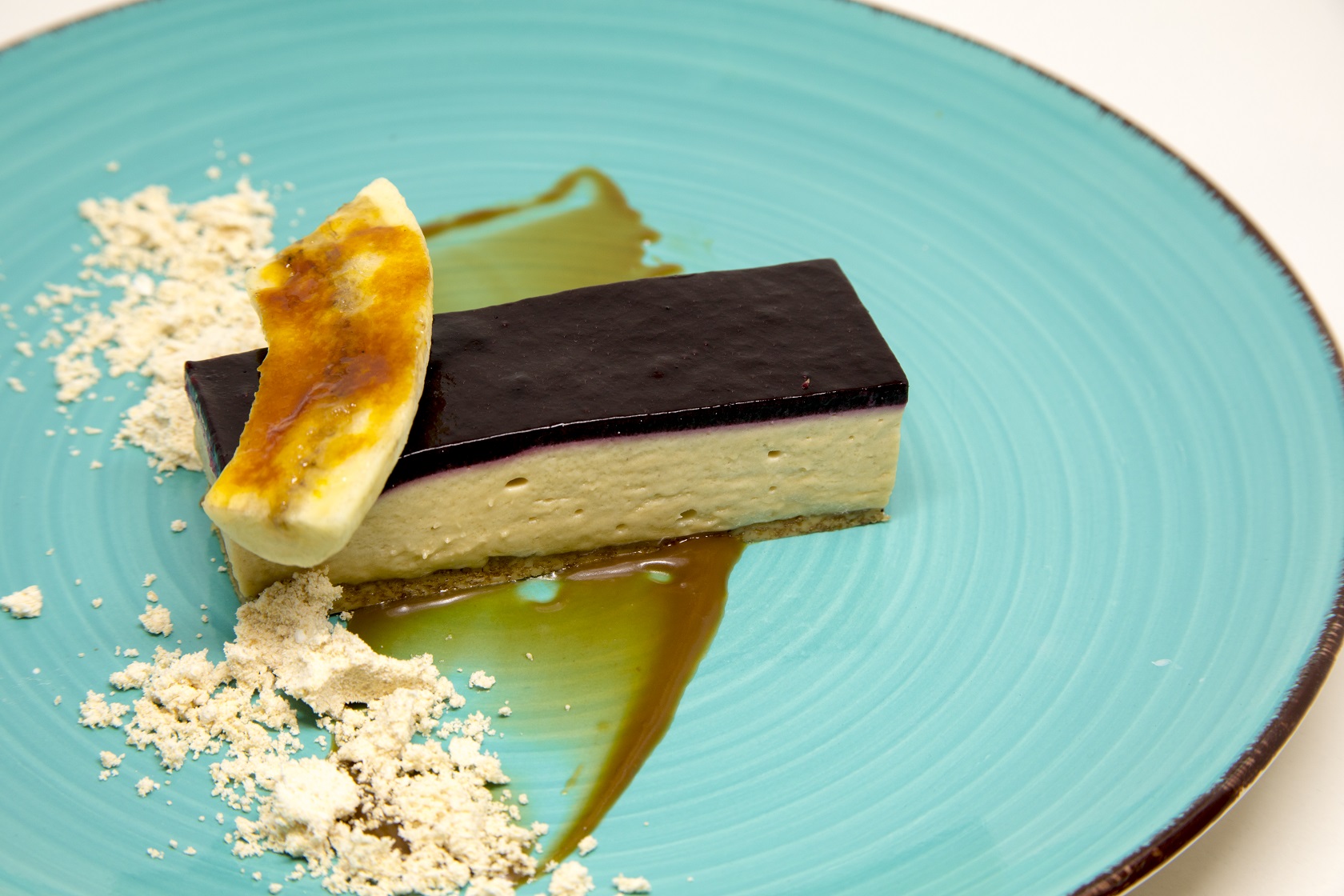 good,
with wild mushrooms and a truffle porcini emulsion
($19), while squid ink taglioni with
shrimp,
calamari, prosciutto, chili flakes and tomato
($22) was a fairly standard rendering.
good,
with wild mushrooms and a truffle porcini emulsion
($19), while squid ink taglioni with
shrimp,
calamari, prosciutto, chili flakes and tomato
($22) was a fairly standard rendering.
I really liked the impeccably
cooked Mediterranean branzino fillet
($25) with rainbow cauliflower, sweet eggplant,
capers, grape tomatoes and Kalamata olives to give
it a wide range of flavorings, and a very juicy
roasted Amish chicken ($26) had plenty of inherent
taste, appended with wild mushrooms and spinach. Hefty
short ribs braised for a long while in red wine
were succulent to the bone, served with tender
green beans and creamy polenta ($29). A
Milanese-style pounded chicken breast with avocado
and baby arugula was just bland ($24) and needed
seasoning. The PB&J with a chocolate
glaze is the dessert to finish with (right).
I don't know why but Cibo e
Vino’s website doesn’t cite its owners Marjanne
Motamedi and Dragam Ristovski, who is the
executive chef, and while lively the place lacks a
discernible personality. Still the staff is
friendly, the wine list fine, and, if you put
yourself in an Upper West Side state of mind,
you'll have a good time at C&V.
❖❖❖
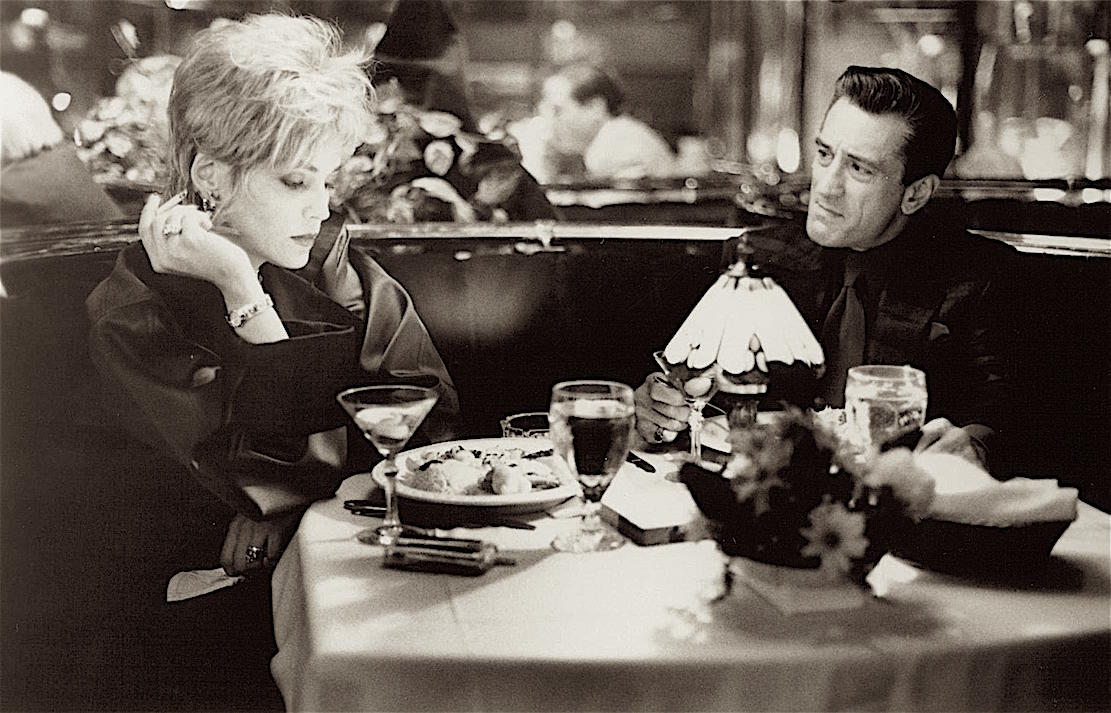 WHAT I'M DRINKING NOW
WHAT I'M DRINKING NOWBy John Mariani
LAMARCA PROSECCO
($14)—The back of the label reads “perfect for a
party, a picnic or weekday soirée”—all very
true, but at fourteen bucks a bottle, there’s no
reason to save it for a special occasion. This
is a sparkler that can be enjoyed anytime you
sit down or stand up to eat—canapés, snacks, a
long lunch or nightly dinner—and its versatility
is due to its light bubbles, subtle sweetness
and bracing acidity that marries well with just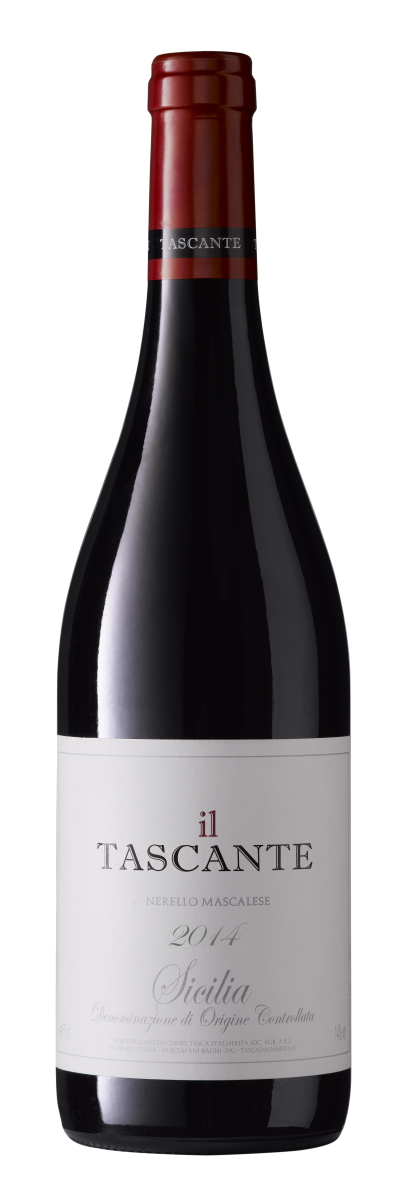 about
anything. Perfect with risotto.
about
anything. Perfect with risotto.
NORTON PRIVADA
FAMILY BLEND 2014 ($19)—Malbec is, of
course, the star grape of Argentina, but
Norton’s adding some Merlot (30%) and Cabernet
Sauvignon (30%) makes it a far more interesting
wine, with more nuance and smoothness. It’s
a rich red that goes particularly well with
meats grilled over an open fire, with its own
smoky charm and a good 14% alcohol. It’s very
well priced, too, tasting like wines twice that
much.
TASCANTE NERELLO
MASCALESE 2014 ($50)—Are there Sicilian
wines worth $50 a bottle? In recent years,
definitely, as wineries like Tascante prove.
Nevertheless,
prices for this red wine, from around
Mount Etna, vary, from $35 and up, so shop
around. It spends 18 months in oak and emerges
at 13.5% alcohol, and this varietal shows the
sun of the South in its robust body, but it has
surprising acid, too, which tames it all
down.
RÉVA BAROLO 2013 ($50)—A
medium-bodied example of Piedmont’s showpiece
grape, Nebbiolo.
Give it a little time to breathe and pair
it with red meats, and all its lusty, earthy
tonal qualities will come out. The grapes are
from some of the Langhe region’s finest crus,
including Ravera, Lazzarito and the vaunted
Cannubi, and all are grown organically.
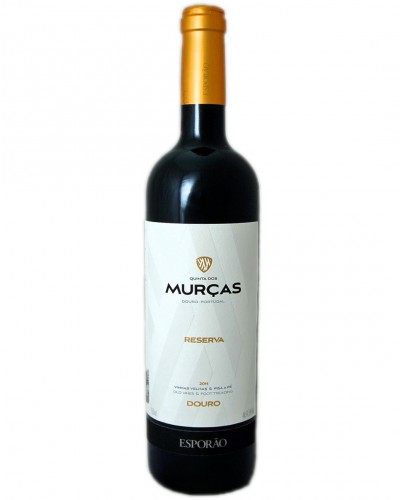 QUINTA
DOS MURÇAS RESERVA 2011 ($30)—Made from
older vines planted high in the Douro region
(best known for its Porto), the 2011 came from a
small vintage harvest with ideal conditions,
aged in French oak for 12 months. Winemakers
David Baverstock and Luis Patrão aim for depth
and complexity at 14.5% alcohol, making it a
wonderful wine with lamb or veal, or Spanish
cheeses like Mahon and Garrotxa.
QUINTA
DOS MURÇAS RESERVA 2011 ($30)—Made from
older vines planted high in the Douro region
(best known for its Porto), the 2011 came from a
small vintage harvest with ideal conditions,
aged in French oak for 12 months. Winemakers
David Baverstock and Luis Patrão aim for depth
and complexity at 14.5% alcohol, making it a
wonderful wine with lamb or veal, or Spanish
cheeses like Mahon and Garrotxa.
FERRATON PÈRE &
FILS CROZES-HERMITAGE LA MATINÈRE 2015
($23)—The Syrah grape finds one of its finest
expression in the northern Rhône Valley’s
gravel-rich soil of Crozes-Hermitage, and this
example from the districts of Mercurol and
Beaumont-Monteux is very well priced to give you
an excellent intro to the terroir of this region
within the larger Hermitage appellation. Those
of Crozes-Hermitage tend to be a bit lighter in
body, but I might argue they show more nuance
than their brawnier brothers.
CHARLES HEIDSIECK
ROSÉ RÉSERVE ($70)--My affection for
rosé Champagnes grows whenever I drink a new
favorite, in this case one in which 80% of
the wines of the harvest are blended with
one-third of each varietal used--Chardonnay,
Pinot Noir and Pinot Meunier, while 20% of
reserve wines from other years--seven or eight
years old--are blended in equal proportions of
Chardonnay and Pinot Noir. Then, they add 5% red
wine to give more tannin to the blend.It is then
matured for three-years. The result is a very
complex rosé with just the right body,
effervescence and fruit to distinguish it from
simple rosé blends.
❖❖❖
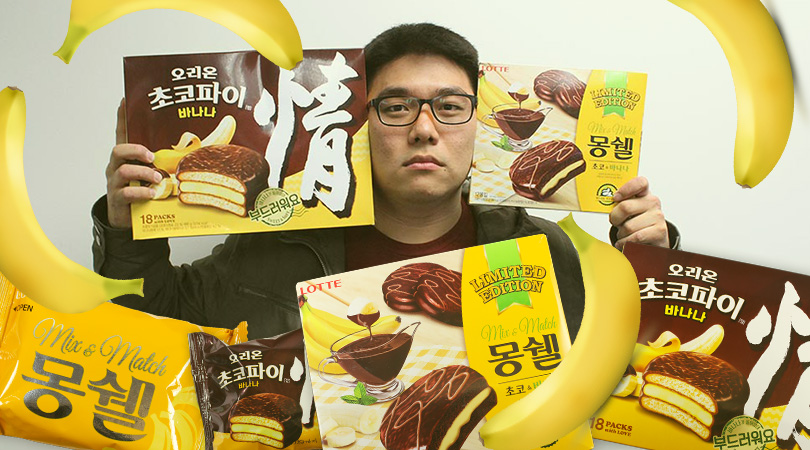
HE WANTED TO MARRY TAYLOR SWIFT
Upon waking up from life-saving surgeries, a North
Korean soldier who successfully defected to South Korea
last month said the first thing he wanted to eat was a
Choco Pie, which are banned in North Korea and sell for
about $10 on the black market. The company that
makes Choco Pies in South Korea said they were giving
the man a lifetime supply of them.
·

“The 27-year-old Big Bar is, as any East Villager worth
her dive-bar grit knows, actually tiny, but in the snug,
homey sense. It’s sexy, too, with red lighting and
little booths suitable for two — a great place to relax
while actually being able to hear your date. There’s no
food, but you’re near plenty of other bars if you want
to continue at a second location (and it’s a happy
three-minute stroll to Crif Dogs if you’re
hungry).”—Mary Jane Weedman, “The Absolute Best Places
for a First Date in New York,” NY Mag (12/27/17)
Any of John Mariani's books below may be ordered from amazon.com.
 The Hound in Heaven
(21st Century Lion Books) is a novella, and
for anyone who loves dogs, Christmas, romance,
inspiration, even the supernatural, I hope you'll find
this to be a treasured favorite. The story
concerns how, after a New England teacher, his wife and
their two daughters adopt a stray puppy found in their
barn in northern Maine, their lives seem full of promise.
But when tragedy strikes, their wonderful dog Lazarus and
the spirit of Christmas are the only things that may bring
his master back from the edge of despair.
The Hound in Heaven
(21st Century Lion Books) is a novella, and
for anyone who loves dogs, Christmas, romance,
inspiration, even the supernatural, I hope you'll find
this to be a treasured favorite. The story
concerns how, after a New England teacher, his wife and
their two daughters adopt a stray puppy found in their
barn in northern Maine, their lives seem full of promise.
But when tragedy strikes, their wonderful dog Lazarus and
the spirit of Christmas are the only things that may bring
his master back from the edge of despair. WATCH THE VIDEO!
“What a huge surprise turn this story took! I was completely stunned! I truly enjoyed this book and its message.” – Actress Ali MacGraw
“He had me at Page One. The amount of heart, human insight, soul searching, and deft literary strength that John Mariani pours into this airtight novella is vertigo-inducing. Perhaps ‘wow’ would be the best comment.” – James Dalessandro, author of Bohemian Heart and 1906.
“John Mariani’s Hound in Heaven starts with a well-painted portrayal of an American family, along with the requisite dog. A surprise event flips the action of the novel and captures us for a voyage leading to a hopeful and heart-warming message. A page turning, one sitting read, it’s the perfect antidote for the winter and promotion of holiday celebration.” – Ann Pearlman, author of The Christmas Cookie Club and A Gift for my Sister.
“John Mariani’s concise, achingly beautiful novella pulls a literary rabbit out of a hat – a mash-up of the cosmic and the intimate, the tragic and the heart-warming – a Christmas tale for all ages, and all faiths. Read it to your children, read it to yourself… but read it. Early and often. Highly recommended.” – Jay Bonansinga, New York Times bestselling author of Pinkerton’s War, The Sinking of The Eastland, and The Walking Dead: The Road To Woodbury.
“Amazing things happen when you open your heart to an animal. The Hound in Heaven delivers a powerful story of healing that is forged in the spiritual relationship between a man and his best friend. The book brings a message of hope that can enrich our images of family, love, and loss.” – Dr. Barbara Royal, author of The Royal Treatment.
 |
The Encyclopedia of American Food and Drink by John F. Mariani (Bloomsbury USA, $35) Modesty forbids me to praise my own new book, but let me proudly say that it is an extensive revision of the 4th edition that appeared more than a decade ago, before locavores, molecular cuisine, modernist cuisine, the Food Network and so much more, now included. Word origins have been completely updated, as have per capita consumption and production stats. Most important, for the first time since publication in the 1980s, the book includes more than 100 biographies of Americans who have changed the way we cook, eat and drink -- from Fannie Farmer and Julia Child to Robert Mondavi and Thomas Keller. "This book is amazing! It has entries for everything from `abalone' to `zwieback,' plus more than 500 recipes for classic American dishes and drinks."--Devra First, The Boston Globe. "Much needed in any kitchen library."--Bon Appetit. |
"Eating Italian will never be the same after reading John Mariani's entertaining and savory gastronomical history of the cuisine of Italy and how it won over appetites worldwide. . . . This book is such a tasteful narrative that it will literally make you hungry for Italian food and arouse your appetite for gastronomical history."--Don Oldenburg, USA Today. "Italian
restaurants--some good, some glitzy--far
outnumber their French rivals. Many of
these establishments are zestfully described
in How Italian Food Conquered the World, an
entertaining and fact-filled chronicle by
food-and-wine correspondent John F.
Mariani."--Aram Bakshian Jr., Wall Street
Journal.
"Equal parts
history, sociology, gastronomy, and just
plain fun, How Italian Food Conquered the
World tells the captivating and delicious
story of the (let's face it) everybody's
favorite cuisine with clarity, verve and
more than one surprise."--Colman Andrews,
editorial director of The Daily
Meal.com. "A fantastic and fascinating
read, covering everything from the influence
of Venice's spice trade to the impact of
Italian immigrants in America and the
evolution of alta cucina. This book will
serve as a terrific resource to anyone
interested in the real story of Italian
food."--Mary Ann Esposito, host of PBS-TV's
Ciao
Italia. "John Mariani has written the
definitive history of how Italians won their
way into our hearts, minds, and
stomachs. It's a story of pleasure over
pomp and taste over technique."--Danny Meyer,
owner of NYC restaurants Union Square
Cafe, The Modern, and Maialino.
|
 |
 |
 |
 |
 |
 |
 |
 |
 Everett Potter's Travel Report:
Everett Potter's Travel Report: 
 Eating Las Vegas
JOHN CURTAS has been covering the Las Vegas
food and restaurant scene since 1995. He is
the co-author of EATING LAS VEGAS – The 50
Essential Restaurants (as well as
the author of the Eating Las Vegas web site: www.eatinglasvegas.
He can also be seen every Friday morning as
the “resident foodie” for Wake Up With the
Wagners on KSNV TV (NBC) Channel 3 in
Las Vegas.
Eating Las Vegas
JOHN CURTAS has been covering the Las Vegas
food and restaurant scene since 1995. He is
the co-author of EATING LAS VEGAS – The 50
Essential Restaurants (as well as
the author of the Eating Las Vegas web site: www.eatinglasvegas.
He can also be seen every Friday morning as
the “resident foodie” for Wake Up With the
Wagners on KSNV TV (NBC) Channel 3 in
Las Vegas.

MARIANI'S VIRTUAL GOURMET
NEWSLETTER is published weekly. Editor/Publisher: John
Mariani.
Editor: Walter Bagley. Contributing Writers: Christopher Mariani,
Robert Mariani, Misha Mariani, John A. Curtas, Geoff Kalish, Mort
Hochstein, and
Brian Freedman. Contributing Photographer: Galina
Dargery. Technical Advisor: Gerry McLoughlin.
To un-subscribe from this newsletter,click here.
© copyright John Mariani 2017

